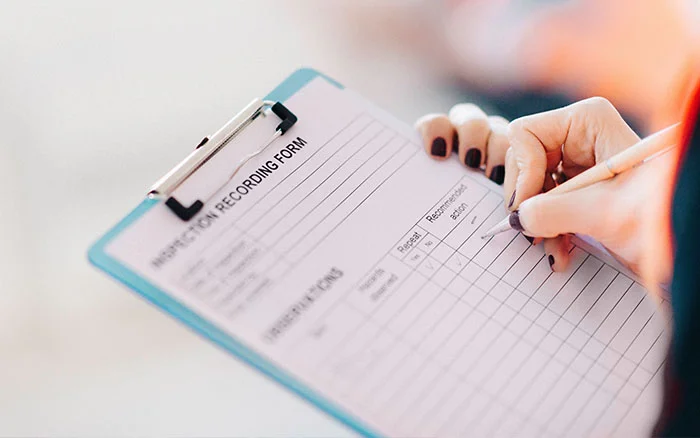
A projection screen is the most noticeable part of your Home Theatre system. It’s also the most exposed to damage and grime. To avoid getting dusty or dirty, Use dry mostly white lint-free microfiber cloth to clean a fixed frame projection screen with side to side motion. It is also ideal for textured matte white materials as well as speciality materials. But if something does happen that requires the screen surface to be cleaned thoroughly, here are a few tips through which one can maintain home theatre projection screens by following these instructions below.
Use Gloves
It would not be favourable to get fingerprints or fingernail scratches on a viewing surface which you are meticulously trying to clean. So, be assured to wear gloves every time you are cleaning or adjusting the projection surface—especially if it’s a premium surface. Latex works best—no lint or scratchy fibres are left behind.
Utilize soft cloth material to clean
Whenever cleaning, don’t grab a scrub sponge or some other hard, scratchy cleaning tool. Some viewing surfaces can be easily damaged by using rough materials. A soft, lint-free cloth—cotton or microfiber—is preferred. And when you clean, be gentle. Instead of going too harsh to do it quickly try blotting with the cloth. Some standard products, such as Matt White surfaces, can withstand gentle wiping. If you are cleaning a high gain or reflective surface, try using a soft brush and do it gently.
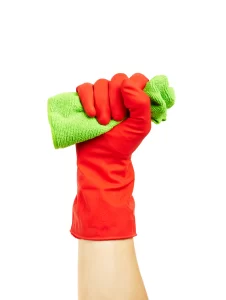
Be cautious of chemical cleaning solutions.
Never use cleaners that contain abrasives, wax, or harsh chemicals. For most applications commonly use water. If that doesn’t clean the spot, try a simple formula of dishwashing liquid and warm water.
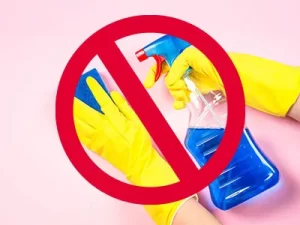
Alter Display
Display colour can shift over time as the components wear with use. Setting the white balance, gamma or colour gamut may be required as the product wears.
For uncoated screens
Wipe lightly with a damp cloth. If grime is tough to remove with only water, you may use a small amount of mild liquid soap. Make sure the cloth you use is very soft to avoid scratching the surface. Rinse the cloth often with clean water.
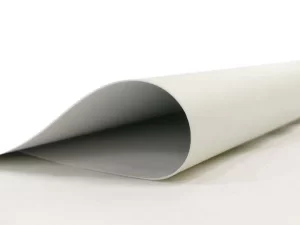
For coated screens
Coated projection screens involve silver 3D and white gain surfaces. These projection screens are coated with advanced finishes that are easier to damage than non-coated surfaces. Harsh products may remove the coating and permanently affect the screen’s reflective features. Delicate care is required for these types of screens. To remove any contaminants on the surface, brush lightly with a clean microfiber cloth. We find those attached to a telescopic pole particularly practical for large surfaces. Using a telescopic pole also curbs the risk of scratching the screen with nails or jewellery. Using moderate pressure, wipe the surface with an up and down motion. Be sure to shake off the cloth after each stroke.
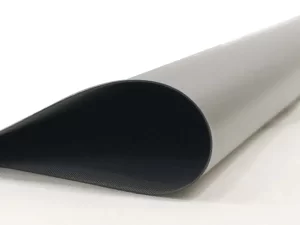
Conclusion
Not all screen surfaces are created equal. Different projection surfaces require different handling. With adequate care, your screen will retain its viewing properties for several years. For more information about projection screens and its functionalities reach our website or write us your queries in our contact section.
- Date - April 11, 2020